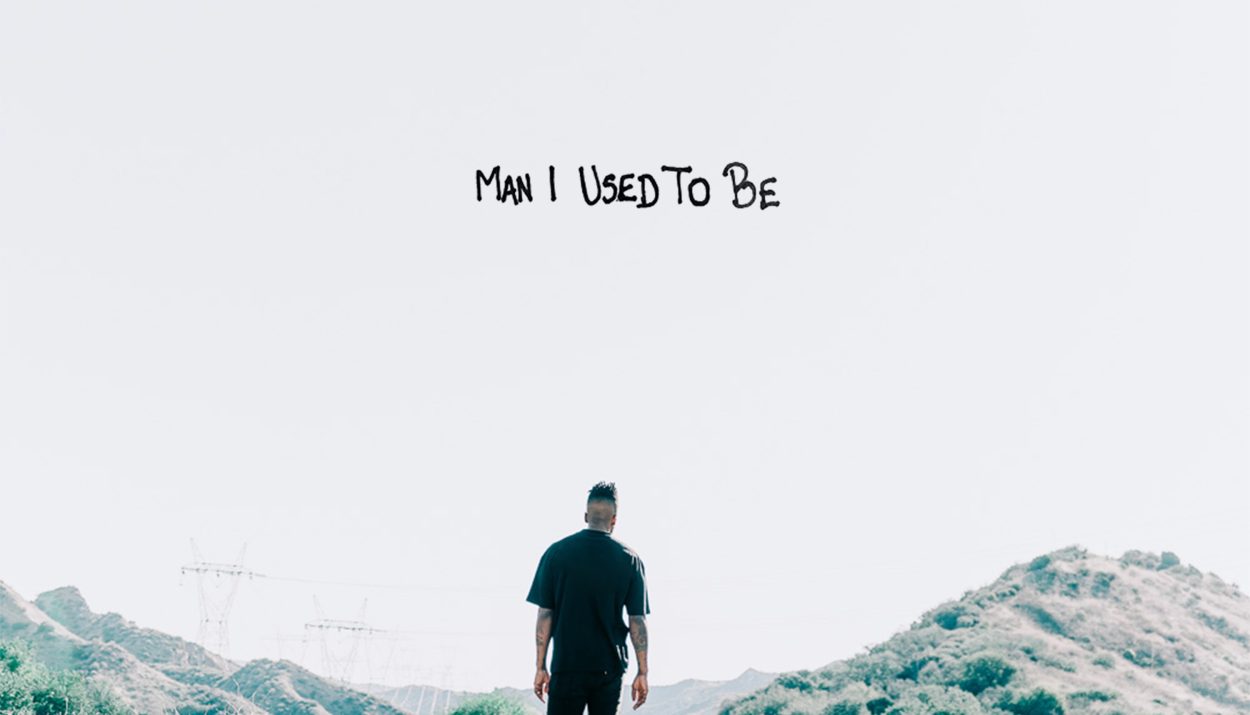With every song he releases, Dax offers up a piece of his soul and a lived testimony that refuses to hide behind glossy veneers or hollow bravado. As a Canadian-Nigerian rapper, singer, and storyteller Dax has always been known for pouring raw humanity into his art, but with “Man I Used To Be” he steps into 2025 with a new kind of candor—one sharpened by six months of sobriety and a resolve that bleeds through every verse.
Dax is no stranger here. He has carved out his lane in the modern music landscape, blurring lines between hip-hop, R&B, and spoken-word poetics. Where many artists chase trends, Dax builds testimonies. A former college athlete turned viral poet turned global phenomenon, he has become a favorite on this blog for the very reason “Man I Used To Be” proves: he makes music not just to be heard, but to be felt.
The song opens with the repeated mantra: “I’m half the man I used to be / It’s gon’ take some gettin’ used to me.” These lines don’t come across as defeatist, but as a quiet revolution. They signal the death of an old self—the man buried under “addictions that clouded my eyes” and “trials and tribulations, generational curses from daddy and mama.” By laying out the chaos of his past so openly, Dax draws us into a confession that feels almost therapeutic, both for him and for us.
Vocally, Dax threads vulnerability into strength. His voice carries that rasp of truth, the kind of tone that comes from lived experience rather than studio polish. He shifts between rap and melody seamlessly, letting his delivery sit somewhere between testimony and song. When he declares, “Don’t ask the reason I changed, ask yourself why you stayed the same,” the weight of that line lands hard—not as an accusation, but as an invitation for self-reflection.
Production-wise, “Man I Used To Be” is grounded in a blend of R&B and soul that leaves plenty of space for his words to breathe. The instrumentation is understated yet intentional: smooth guitar chords, warm keys, and a steady rhythm that moves like a heartbeat. It’s not cluttered with unnecessary effects; instead, it feels like a canvas painted with muted tones so Dax’s voice can be the brightest color. That production restraint is what makes the song powerful—it doesn’t distract, it amplifies.
Perhaps what lingers most after the last note fades is not just the music, but the man behind it. Dax is no longer performing from the shadows of his past. He’s standing in the light of who he has become—half the man he used to be, and yet twice as authentic. For listeners who’ve followed his journey, this track isn’t just another release; it’s a milestone, a marker of growth, and a reminder that healing is possible when art is wielded as truth.
With “Man I Used To Be,” Dax isn’t chasing charts. He’s chasing freedom. And that’s why he’ll continue to remain not just a favorite here, but an artist whose music feels less like entertainment and more like testimony.
Listen to “Man I Used To Be” by Dax on Spotify or SoundCloud






